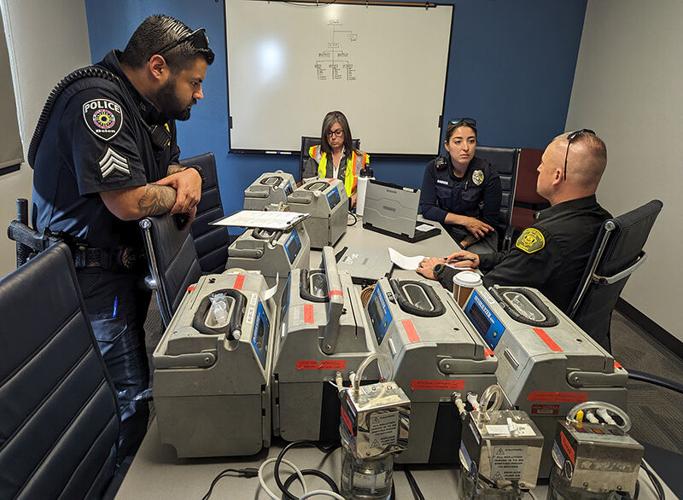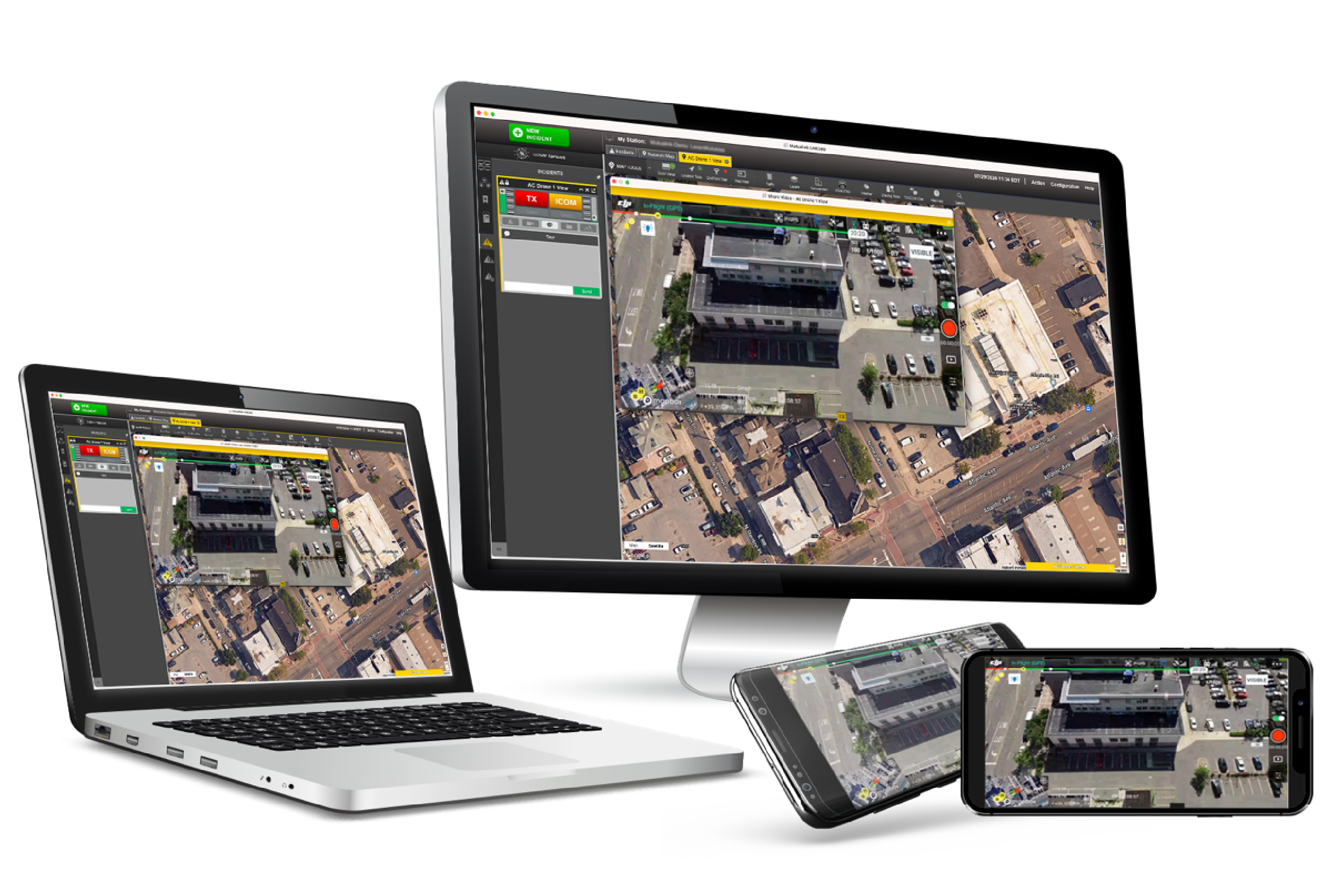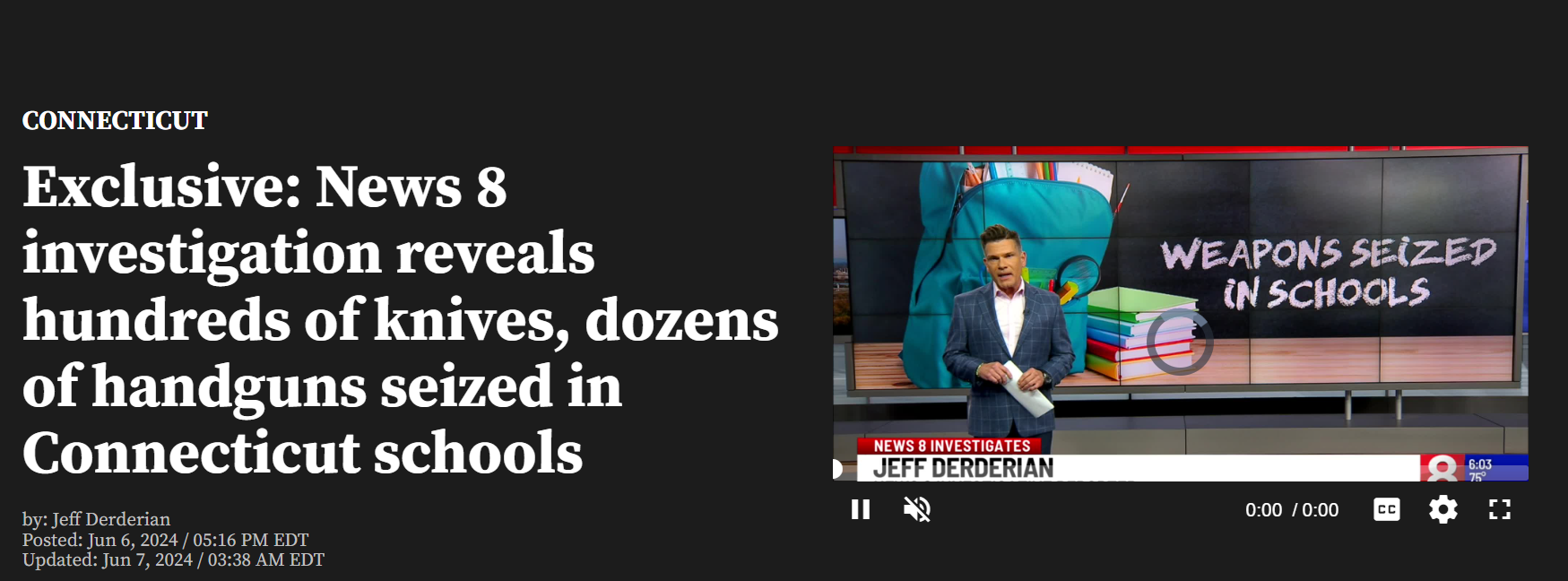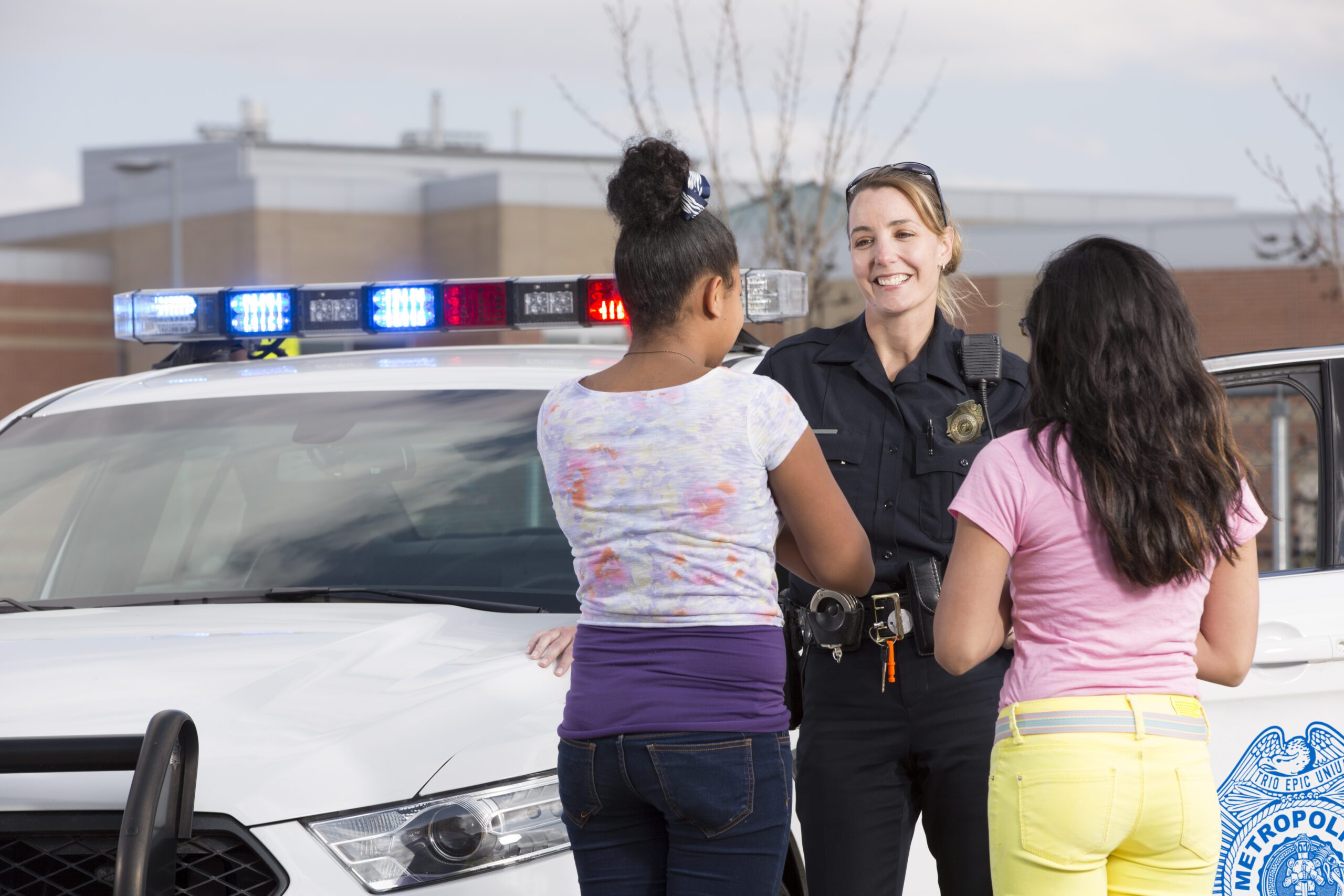BELEN — One local school district is adding software to its security system that will offer emergency responders “a look behind the curtain,” during a crisis situation at a school site.
On Thursday, June 13, Belen Consolidated Schools personnel went through active-shooter training scenarios at Infinity High School to begin testing Mutualink, a system that will give administrators, emergency dispatchers and responders a live video feed of what’s happening inside the school.
Members of the Belen police and fire departments, Valencia County Sheriff’s Office, Valencia County Fire Department, Valencia County Emergency Management department and AMR ambulance services participated in the training, searching the building, eliminating the threat and treating and triaging “injured” people at the school site.
Belen Consolidated Schools Superintendent Lawrence Sanchez said he was happy with how the training went, noting since it was the first time using the system, “there’s still things we need to figure out.”
Mutualink, the only technology of its kind, according to Chris Thompson, client services executive for the company, uses a school site’s existing network of security cameras to provide a live video feed of an incident when it’s activated. The feed is sent to dispatchers at the Valencia Regional Emergency Communications Center, top administrators within the district and at each school site, and to law enforcement at an incident command post.
“Dispatch is able to see what’s going on in the building, where the shooter is, where victims are,” Thompson said. “As first responders are going to the scene, they can prepare based on the information given to them ahead of time.”
The system also provides a map and floor plan of the campus to responders, he said.
Thompson was on site at IHS to help with the training and take note of any problems. Mutualink IT staff were also brought in via Zoom so they could monitor and troubleshoot the system as the training progressed.
“One thing we are very proud of is we are always looking for things to improve and constantly upgrading,” Thompson said.
Mutualink was a telecom company that pivoted to digital security systems post 9/11, he said.
While the training last month was for an active-shooter situation, Thompson said the district could use it in any number of circumstances, from natural disasters to fires.
“They can use it in multiple situations, when first responders need a look behind the walls,” he said.
Mutualink has systems in schools in Arizona, Texas, New Mexico and plans to move into Oklahoma next, Thompson said.
The system is being integrated into the district’s emergency response plan, and will work with its existing emergency alert software and future systems. The district uses RAVE, a smart-phone app panic button which alerts dispatchers at VRECC and sends notifications to district personnel to let them know there’s an emergency at a school. The app can be used to alert users about active assailants, fire, medical emergencies, a call for police and other emergency situations
“We want to help make their plan better,” Thompson said.
Thompson said other districts have reported the Mutualink system has cut emergency response times by 50 percent.
The Mutualink system is being paid for through a Stronger Communities Grant, which became available late last year with a tight deadline.
Sanchez said there weren’t a lot of applicants due to the quick response needed, so the district was able to get additional funding to pay for additional security technology, an artificial intelligence software system called ZeroEyes.
BCS received federal grants of $198,000 and $300,000 for Mutualink and ZeroEyes, respectively.
Later this summer, the district will implement ZeroEyes, which uses AI to analyze images captured by school security cameras for suspected firearms.
If the system detects what might be a gun, that image is sent to the ZeroEyes operation center where it’s double checked by a person specifically trained to make the final determination as to whether a firearm is present and if there’s an actual danger.
If a firearm is verified, the system notifies school and district administrators, as well as law enforcement, and the number and location of the suspected shooters is relayed.
According to the ZeroEyes website, the AI is trained only to detect guns and is incapable of facial recognition, voice recording, or other invasive measures.





